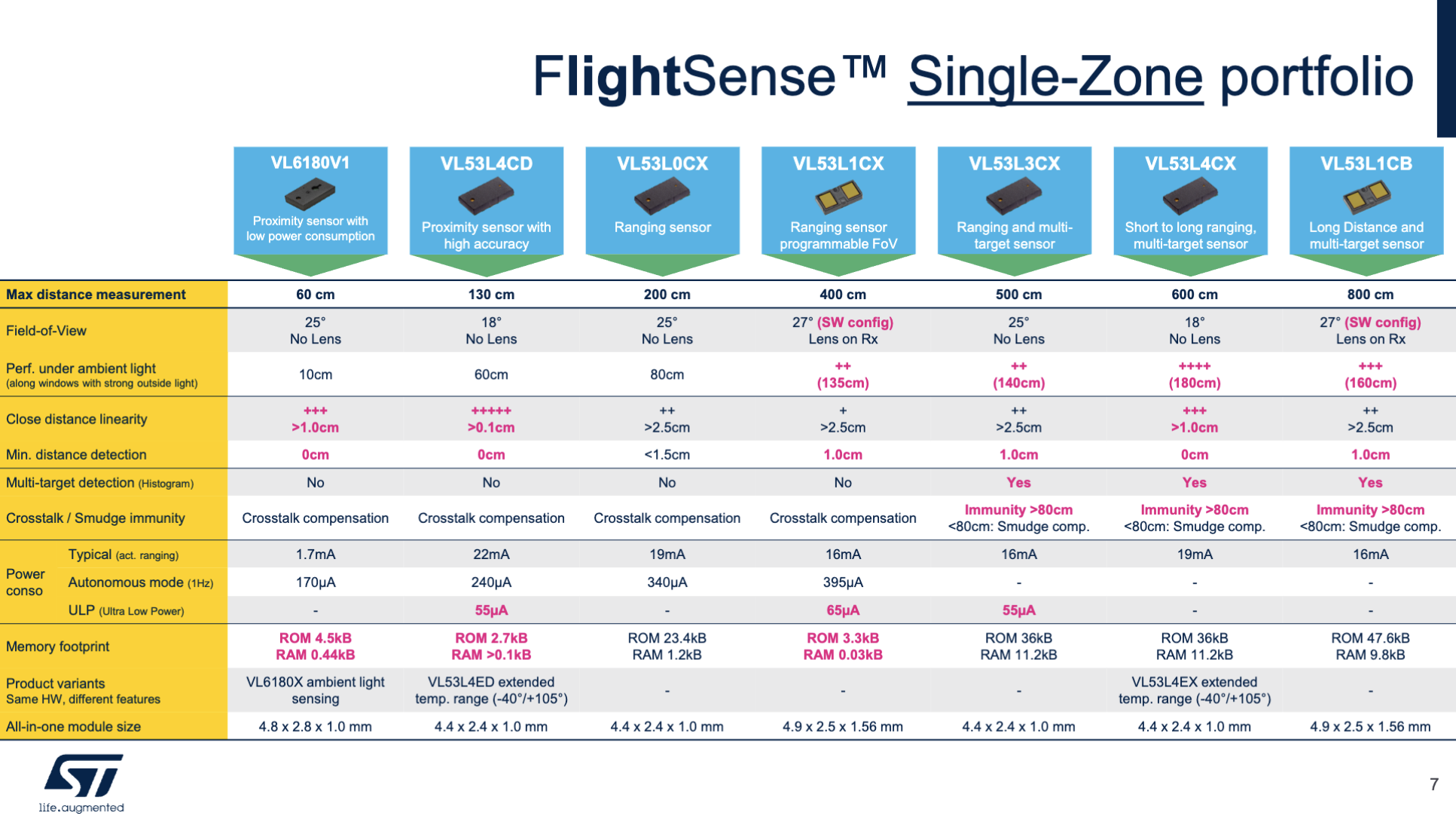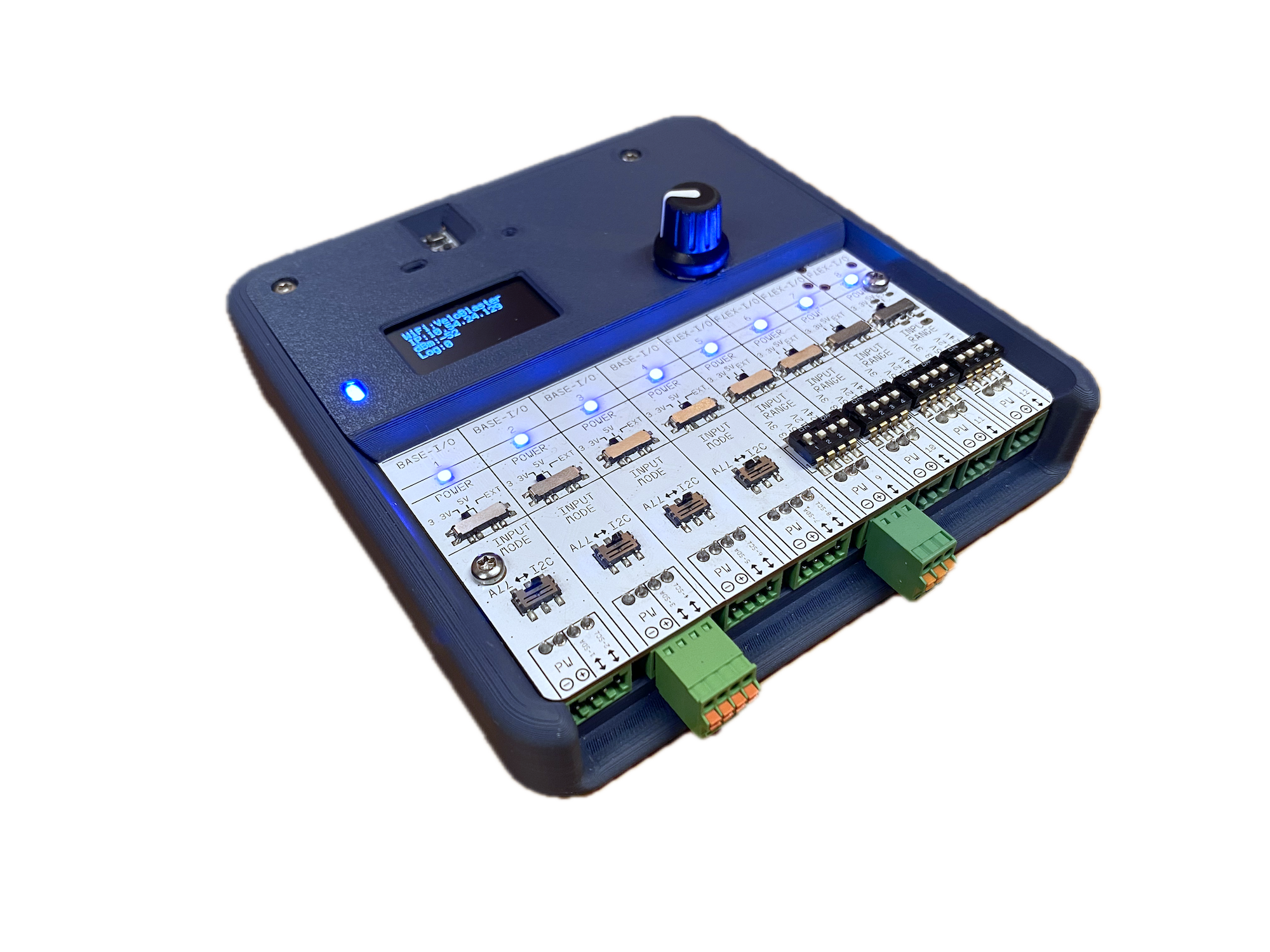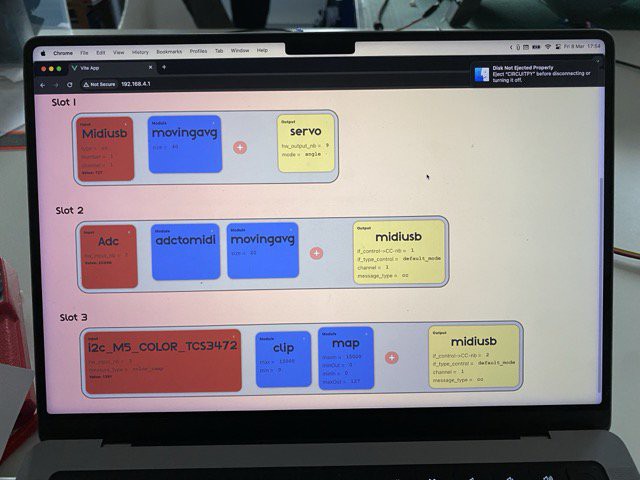After using development boards for years to tinker with music and video interactive interfaces, I got tired of having to reprogram my boards all the time for minor settings change, fighting with software interfaces, and inherent unreliability of the whole setup.
And I was willing to make such fun accessible to a much larger audience so I decided to start developing Pipo.
The project focuses on a solution that brings wireless capabilities, a compact form factor for easy integration, and a practical web-based interface with no dependency on an app or a software. This aims at building the foundations of a family which is versatile, can expand easily to increase its capabilities, can be customized, and will never face SW obsolescence.
One of the idea behind the project is to initiate an open source code base dedicated to simplify interfacing real world signals with computers for creative purposes.
The family counts 3 modules for now:
- Pipo Motion:
Based on an 9-axis IMU, it allows you to use orientation, acceleration, taps, vibrations, etc..
- Pipo Analog:
6 analog inputs to acquire any kind of signal: (with a voltage range selection up to 12v)
6 capacitive touch inputs: to create touch pads with all kind of conductive materials (conductive paint, wires, vegetables, conductive tape,...)
- Pipo Range:
A distance ranging sensor to measure hand or object distance.
Common specs:
- Based on an ESP32-S3 mini
- Connectivity: Wifi, Bluetooth Low Energy
- On-board Lithium cell charger
- USB-C connector for wired use and charge
- A graphical user interface
Note: more detailed specs are currently available on the Crowd Supply project page and more details will be shared soon.



 I decided to develop this proof of concept with circuitpython on an esp32-s3. This allowed me to create a mock-up very quickly. I could easily setup a webserver with web-sockets, perform asynchronous tasks with asyncio, etc... I could find libraries for almost anything I needed, and the community is very responsive.
I decided to develop this proof of concept with circuitpython on an esp32-s3. This allowed me to create a mock-up very quickly. I could easily setup a webserver with web-sockets, perform asynchronous tasks with asyncio, etc... I could find libraries for almost anything I needed, and the community is very responsive.